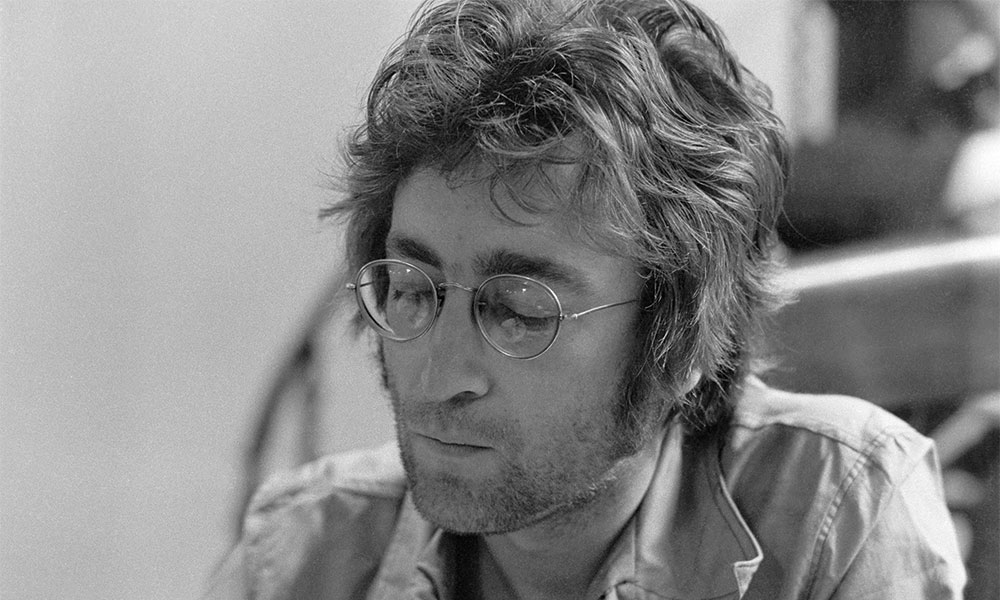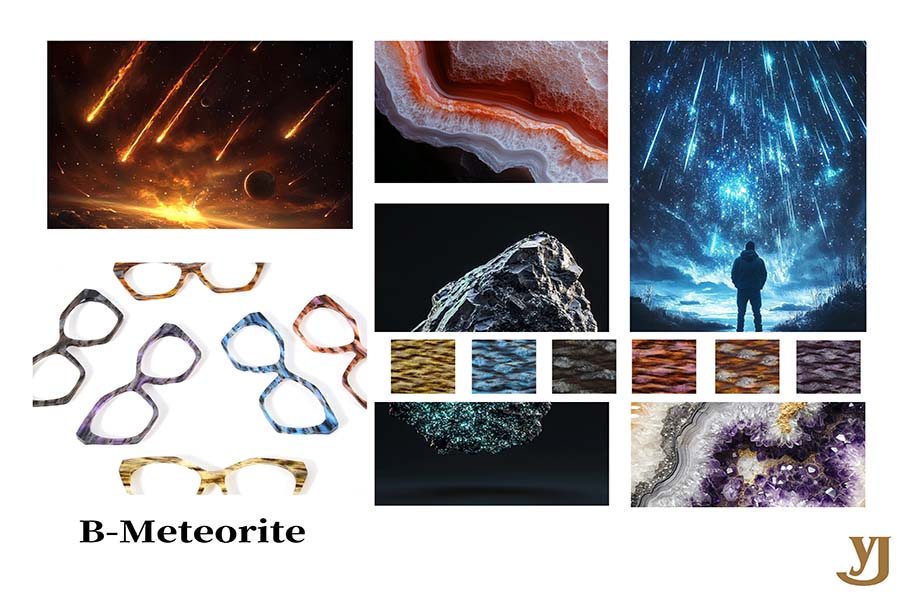2025 Eyeglasses Trends: Retro Revival Meets Sustainable Innovation
The eyewear industry in 2025 is undergoing a transformative shift, blending nostalgia with cutting-edge technology and sustainability. As fashion cycles revive past decades with a modern twist, eyeglasses are no exception. This year’s trends highlight a dynamic interplay between retro aesthetics, eco-conscious materials, bold color experimentation, minimalist designs, and smart functionality.
1. Retro Revival & Classic Reinvention

1970s Exaggerated Styles
The free-spirited fashion of the 1970s is making a strong comeback in eyewear. Oversized square frames dominate, offering a bold, intellectual look reminiscent of John Lennon’s iconic round glasses but with a contemporary edge. Cat-eye designs, characterized by upturned outer corners, add a playful yet sophisticated touch, appealing to those who love vintage femininity.
Additionally, thin-metal round frames—paired with amber or tortoiseshell patterns—are resurging, offering a refined nod to the past. These styles are being reimagined with modern lens coatings and lightweight materials, ensuring they remain comfortable for daily wear.

1990s Y2K Resurgence
The turn of the millennium is back in vogue, with slim frames and small lenses leading the charge. The Y2K aesthetic, known for its futuristic yet nostalgic appeal, is being reinterpreted through gradient laser coatings that mimic early 2000s tech gadgets. Think iridescent finishes, holographic reflections, and translucent frames that evoke the era’s digital optimism.
This trend caters to millennials and Gen Z alike, blending retro charm with a cyber-inspired edge. Some brands are even incorporating micro-LED accents into the temples, creating a subtle glow effect for nightwear.

Retro-Futurism: Blending Old and New
Aviators and round frames—classics that never fade—are being reinvented with advanced materials like carbon fiber and titanium. These updates enhance durability while maintaining timeless silhouettes. Retro-futurism also introduces hybrid designs, such as round frames with angular geometric cutouts or aviators with integrated smart lenses.
This fusion honors heritage while pushing boundaries, making retro styles relevant in a tech-driven world.
2. Material Innovation: Sustainable & Eco-Friendly

Photo by @Jonas Wimmerström
Bio-Based Acetate
Environmental consciousness is reshaping eyewear production, with plant-based acetate becoming a mainstream alternative to traditional petroleum-derived plastics.
Derived from wood pulp, cotton fibers, and even algae, this material offers superior lightness and richer color saturation. Brands are leveraging these properties to create vibrant, eco-friendly frames without compromising quality.
Recycled Ocean Plastics
Sustainability-driven brands are launching limited-edition collections using recycled ocean plastics. These frames come in natural hues like ocean blue, seafoam green, and sand beige, subtly reflecting their origins. The textured finishes mimic the organic imperfections of sea-worn materials, adding a unique, story-driven appeal.
Modular Designs for Circular Fashion
Gen Z’s preference for "daily disposable fashion" has led to the rise of modular eyewear. Magnetic attachable chains, interchangeable temples, and micro-badges allow wearers to customize their glasses daily. This approach not only reduces waste but also encourages creativity, letting users refresh their look without purchasing new frames.
3. Color Trends: Virtual Meets Reality

High-Impact Hues
Bold, statement-making colors are in demand, with electric blue, neon pink, and ultraviolet leading the pack. These shades reflect a post-pandemic desire for self-expression and optimism. Translucent versions of these hues add a futuristic touch, making them ideal for both casual and avant-garde styling.

Gradient & Dual-Tone Effects
Gradient lenses and frames—transitioning from transparent at the top to vibrant at the bottom—create a dynamic, eye-catching effect. Dual-tone splicing (e.g., orange fading into pink) adds depth, offering a modern twist on classic color-blocking.

Textural Innovations
Beyond solid colors, textured finishes are gaining traction. Marble veining, frosted matte coatings, and crocodile-embossed patterns introduce tactile richness, making each pair feel like a wearable art piece.
4. Minimalism & Rimless Designs
/f/40252/491x640/98e117d638/2024_01_tma-standard_image2.jpg)
Ultra-Lightweight Rimless Frames
Comfort is paramount in 2025, with rimless designs leading the minimalist movement. These frames prioritize breathability and weightlessness, making them ideal for all-day wear. Many come equipped with blue-light-blocking lenses, catering to remote workers and digital nomads.
Single-Filament Thin Metal Frames
Near-invisible metal detailing accentuates lens shapes—hexagons, ellipses, and asymmetrical cuts—without overwhelming the face. This understated elegance appeals to professionals and minimalists who prefer subtle sophistication.
5. Functionality & Fashion Crossovers
Magnetic Accessories
Clip-on sunglasses and detachable decorative chains allow seamless transitions between indoor and outdoor looks. Some brands offer customizable magnetic charms, enabling wearers to personalize their glasses like jewelry.
Light-Responsive 2.0 Lenses
Advancements in photochromic technology mean lenses now adapt instantly to UV exposure, shifting from clear to dark gray within seconds. These lenses eliminate the need for separate prescription sunglasses, merging practicality with style.
The 2025 eyewear landscape is defined by its harmonious blend of past and future. Retro styles are revitalized with modern materials, sustainability is no longer optional but a driving force, and functionality seamlessly integrates with fashion. As wearable technology and eco-conscious design philosophies deepen, the industry is moving toward smarter, more responsible innovation—The future of eyewear is here—and it’s brighter (and greener) than ever.